|
This shell goes by many common names such as; striped paper bubble shell, green-lined paper bubble shell, brown-lined paper bubble shell, bubble snail, bubble shell or rose petal bubble shell, I will let you pick the one you like the most. This species lives in shallow water, crawling and burrowing into the sand. It feeds on polychaete worms of the family Cirratulidae, mussels and slugs. Its color can vary from very dark to a pale pinkish white. The shell is thin, globose and fragile. The last whorl covers the rest of the whorls. There is no operculum. The large foot has lateral parapodia (fleshy winglike flaps). The large body cannot be fully retracted into its shell. The sensory mechanisms are well-developed. The egg mass is gathered on the mantle before being attached to the sand by a mucous thread. The shell coloration is translucent white with transverse brown lines.
This big beautiful Mantis Shrimp in about 5' of water is making his home or maybe just spring cleaning at the Blue Heron Bridge in FL.
Also known as Bursatella leachii leachii, Nudibranchs, Sea Hares, Ragged Sea Hare, Hairy Sea Hare, Hirsute Sea Hare, Furry Sea Hare, Blue-dot Sea Hare, Feathery Sea Hare and Frilled Sea Hare.
Found singly in pairs or groups in estuaries and tidal pools They feed on Green Algae. Length - 25cm Depth - 0-30m Circumtropical When predators come to close they will discharge a purple fluid to warn them off. Opisthobranchia - Nudibranchs - Sea Slugs meaning "naked gills" are molluscs without a hard shell. All opisthobranchs are hermaphrodites. These beautiful slugs are usually brilliantly coloured and this in itself can act as a deterrent against predators. Some sea slugs secrete acid from stinging cells in their tentacles while others secrete acid from cells in their mantle. Nudibranchs are slow moving, can swim or be propelled along either by muscular contraction or by millions of tiny hairs on the bottom of a fleshy 'foot', they have a voracious appetite and feed with a rasp like tongue. Nudibranch lay their eggs in a ribbon effect on the sand, in different colours depending on species. About the Black Sailfin Blenny fish
They are the most familiar for their stark black tint on their both fins and body. As the Black Sailfin Blenny fish enthusiastically rests on the live rock to nourish, they create a striking accumulation to any sea water reef system. The Black Sailfin Blenny fish breed is also called by other names, such as the Dusky Blenny, Black Blenny, Brown Coral Blenny, Highfin Blenny and Brown Combtooth Blenny. Manatees are sometimes called sea cows, and their languid pace lends merit to the comparison. However, despite their massive bulk, they are graceful swimmers in coastal waters and rivers. Powering themselves with their strong tails, manatees typically glide along at 5 miles (8 kilometers) an hour but can swim 15 miles (24 kilometers) an hour in short bursts.
Manatees are usually seen alone, in pairs, or in small groups of a half dozen or fewer animals. From above the water's surface, the animal's nose and nostrils are often the only thing visible. Manatees never leave the water but, like all marine mammals, they must breathe air at the surface. A resting manatee can remain submerged for up to 15 minutes, but while swimming, it must surface every three or four minutes. There are three species of manatee, distinguished primarily by where they live. One manatee population ranges along the North American east coast from Florida to Brazil. Other species inhabit the Amazon River and the west coast and rivers of Africa. Manatees are born underwater. Mothers must help their calves to the surface so that they can take their first breath, but the infants can typically swim on their own only an hour later. Manatee calves drink their mothers' milk, but adults are voracious grazers. They eat water grasses, weeds, and algae—and lots of them. A manatee can eat a tenth of its own massive weight in just 24 hours. Manatees are large, slow-moving animals that frequent coastal waters and rivers. These attributes make them vulnerable to hunters seeking their hides, oil, and bones. Manatee numbers declined throughout the last century, mostly because of hunting pressure. Today, manatees are endangered. Though protected by laws, they still face threats. The gentle beasts are often accidentally hit by motorboats in ever more crowded waters, and sometimes become entangled in fishing nets. Male banded jawfish (Opistognathus macrognathus) orally brooding its eggs. Males retrieve the female’s spawn and incubate the eggs until they hatch. During brief periods when the jawfish is feeding, eggs are left in the burrow.
Bullnose Ray
Bullnose Ray. Image © George Burgess Myliobatis freminvillii These smaller rays rarely grow more than 3 feet wide, their sharply angular pectoral discs wider than their bodies are long. Their heads protrude distinctly from their find space, giving them a duck-billed look in profile. Ranging from chocolate to gray on top, and white underneath, they are ideally colored to 'flapping' around shallow estuaries and bays, and skimming along sandy bottoms looking for crustaceans and mollusks. They are mostly harmless to humans but should be handled with caution because of the sharp spine at the base of the whip-like tail. On the video you can see the egg sacks a the very top that she is nurturing. On Pic #3 the egg sacks are the white along the side. This is the first time I have seen this. AWESOME!!!!!
The Bumble Bee Shrimp, also known as the Striped Harlequin Shrimp, is common throughout the Indo-Pacific. They are small shrimp only attaining a maximum size of 1 inch. Their body is yellow or white in coloration with black stripes giving them a similar appearance to a bumblebee. The legs and tail may also have orange markings. These shrimp are similar to Harlequin shrimp and feed upon the tube feet of echinoderms.
Eunice aphroditois (colloquially known as the Bobbit(t) worm) is an aquatic predatory polychaete worm dwelling at the ocean floor. The animal buries its long body into an ocean bed composed of gravel, mud, or corals, where it waits patiently for a stimulus to one of its five antennae, attacking when it senses prey. Armed with sharp teeth, it is known to attack with such speed that its prey is sometimes sliced in half. Although the worm hunts for food, it is omnivorous.[1]
Little is known about the sexual habits and lifespan of this worm, but researchers hypothesize that sexual reproduction occurs at an early stage, maybe even when the worm is about 100 mm (3.9 in) in length; this is very early, considering these worms can grow to sizes of nearly 3 m (9.8 ft) in some cases (although most observations point to a much lower average length of 1 m (3 ft 3 in) and an average of 25 mm (0.98 in) in diameter). A longlifespan may very well explain the size of these creatures.[verification needed] E. aphroditois is found in warmer oceans around the world, including the Indo-Pacific and Atlantic.[3] In aquaria[edit] Bobbit worms may be accidentally introduced into artificial environments.[4] In March 2009, the Blue Reef Aquarium in Newquay, Cornwall, discovered a Bobbit worm in one of their tanks. The workers had seen the devastation caused by the worm, such as fish being injured or disappearing and coral being sliced in half, but did not find it until they started taking the display apart in the tank. The worm was nicknamed "Barry".[5] Another Bobbit worm, three and a half feet long and a few inches thick, was found October 7, 2013 in Maidenhead Aquatics in Woking, Surrey.[6] Name[edit]The name "Bobbit worm" was coined in the 1996 book Coral Reef Animals of the Indo-Pacific, in reference to Lorena Bobbitt,[7] who was then very much in the public consciousness. The name is inspired only by the scissorlike jaws of the worm; the common supposition that female eunicids cut off the males' penises is false. In fact, the worms lack penises entirely as they are broadcast spawners. |
CategoriesAuthored by:
Finatix Scuba Diving. We're a team of scuba diving specialists here to share tales from under the sea. Call us today and start your scuba diving training now! p: 561.352.0601 Archives
September 2016
|
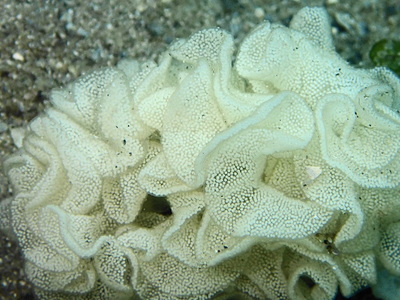
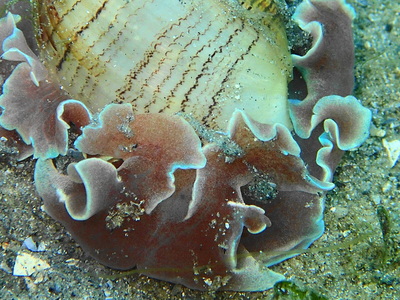
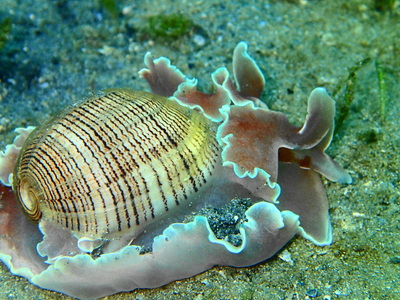
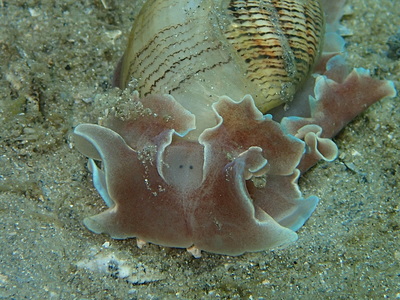
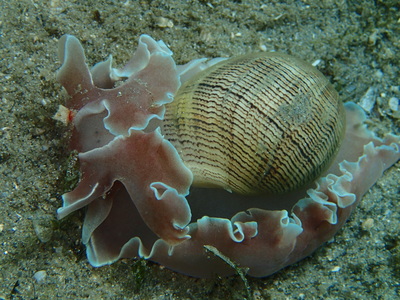

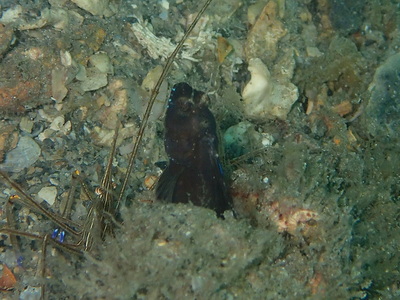
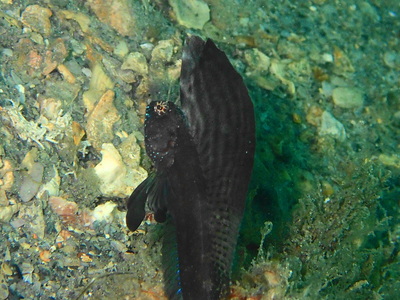
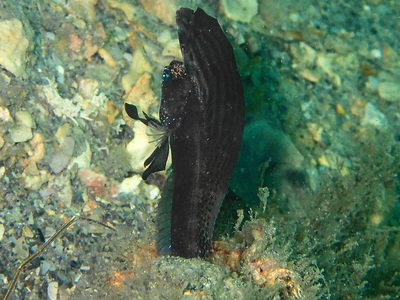
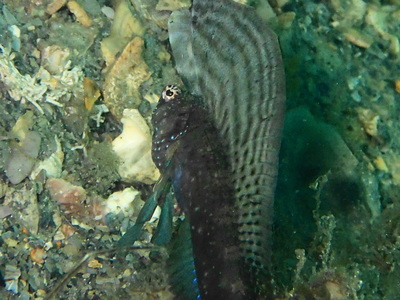
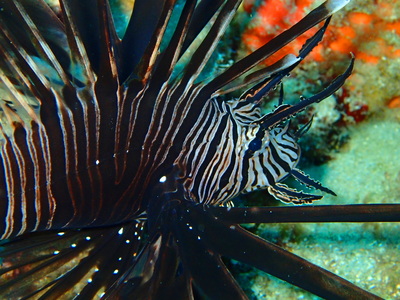
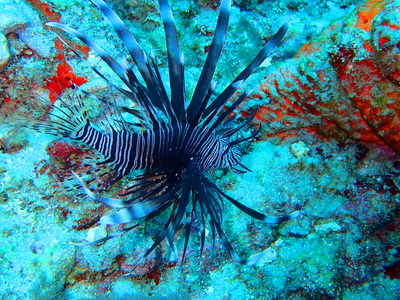
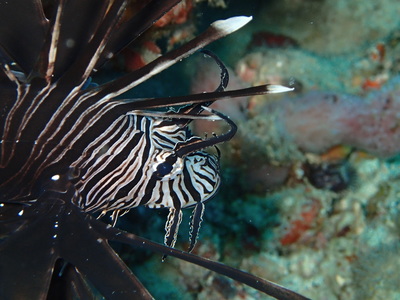
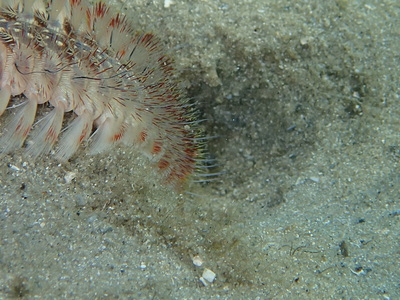
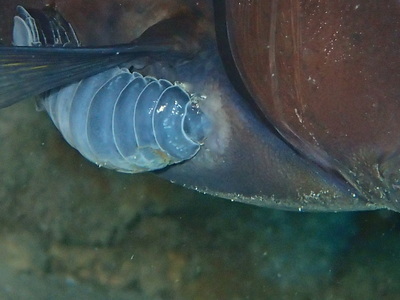
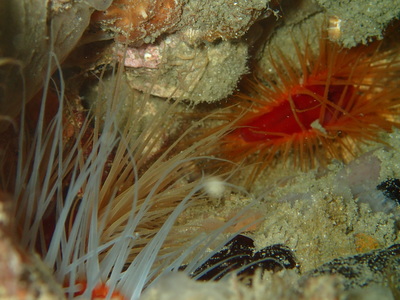
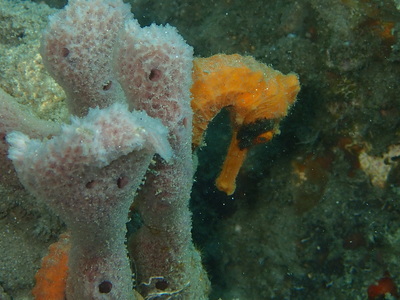
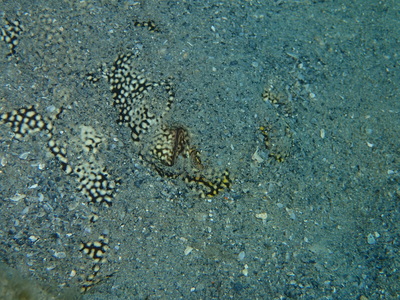
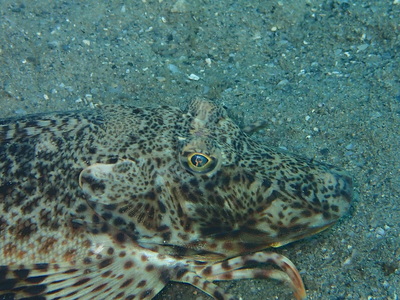
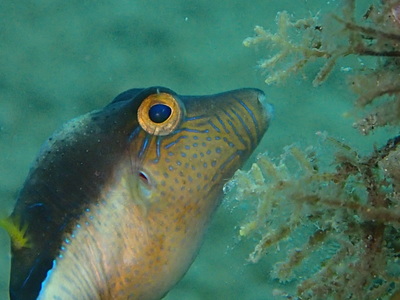
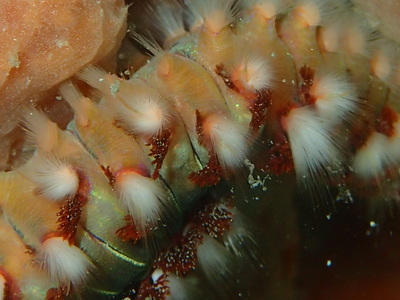
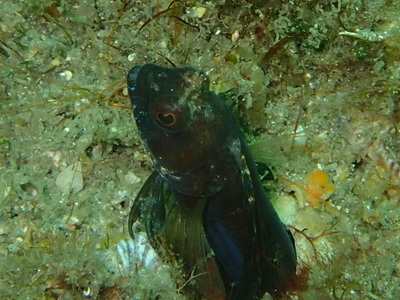
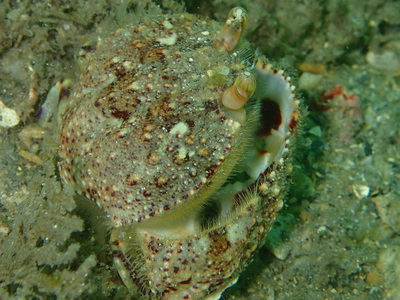
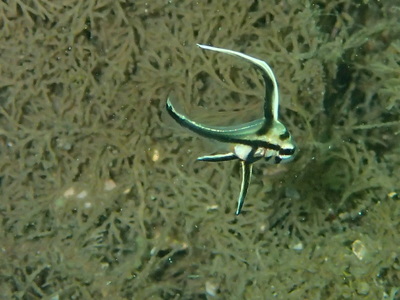
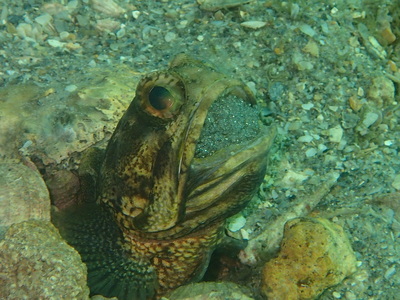

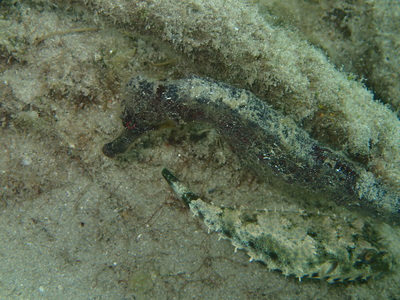
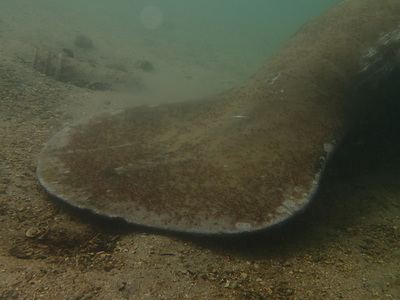
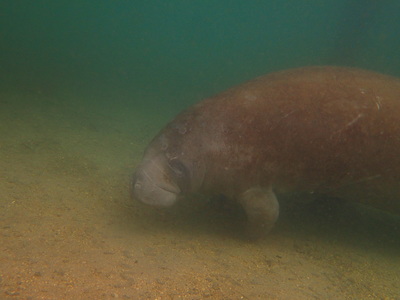
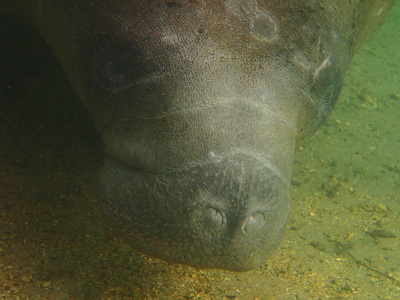
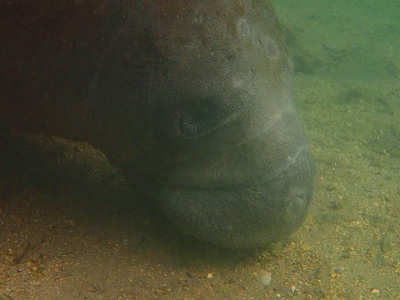
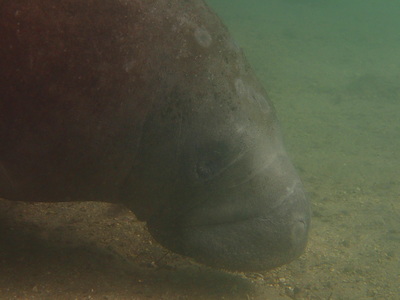
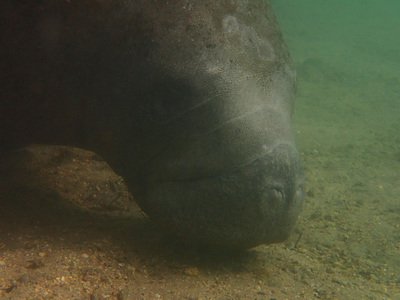
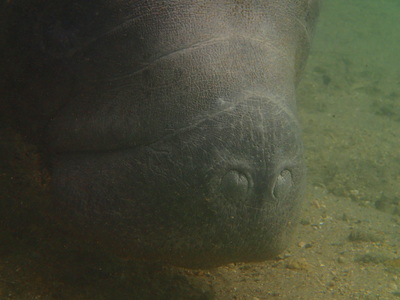
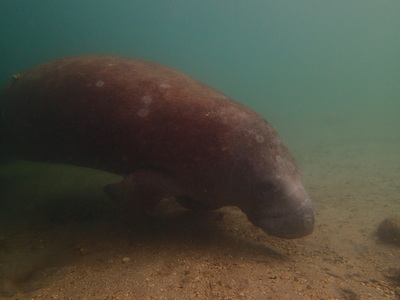
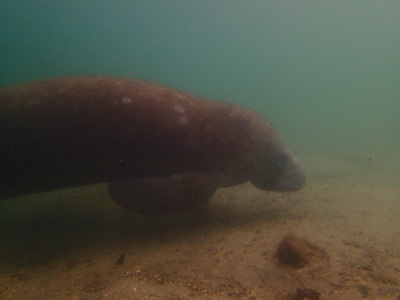
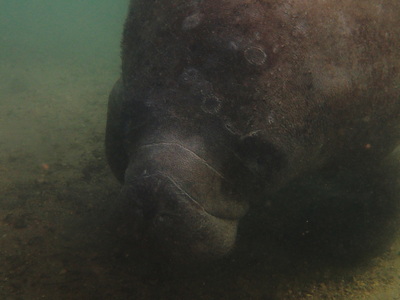
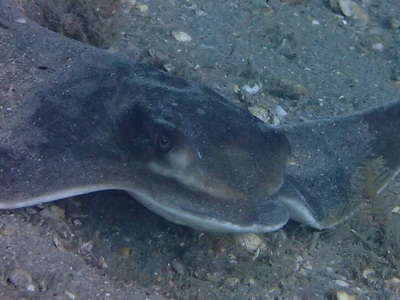
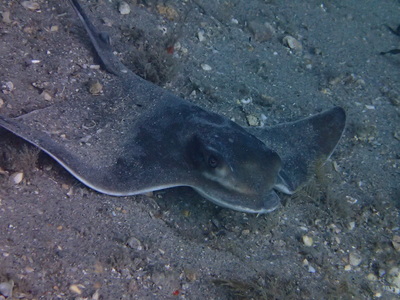
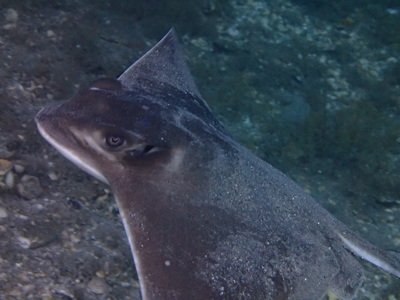
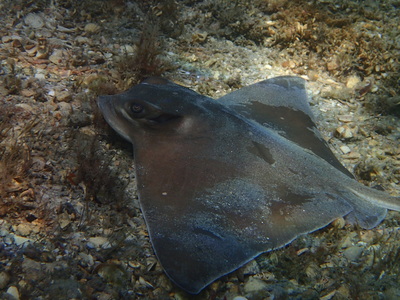
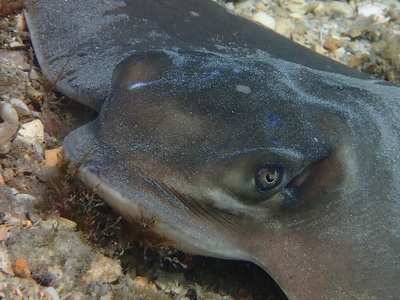
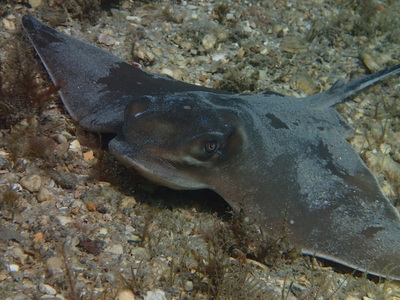
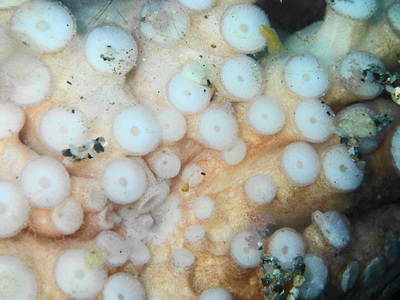
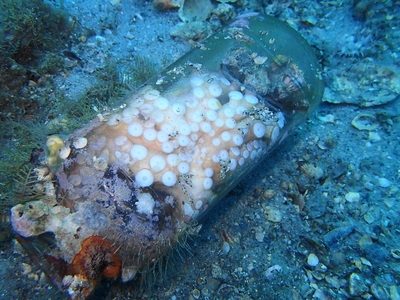
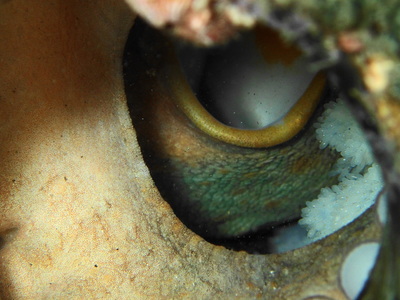
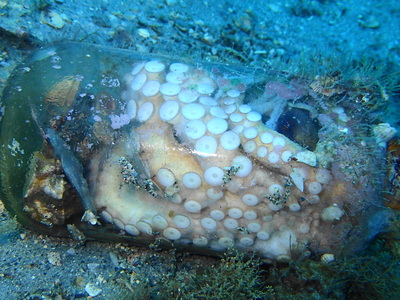
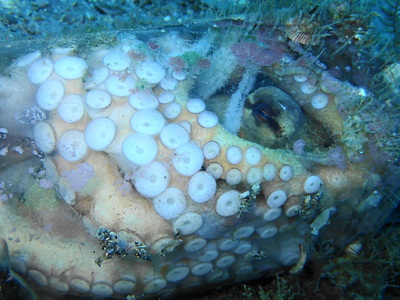
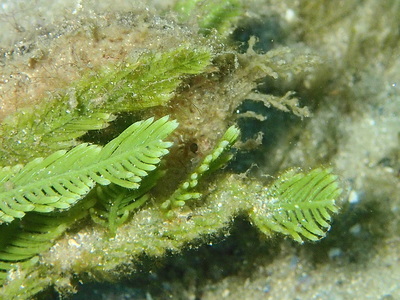
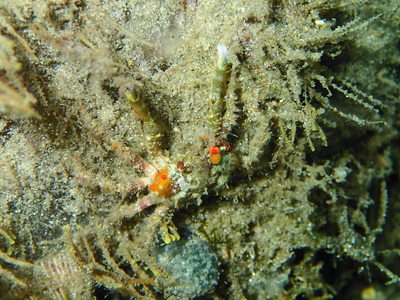
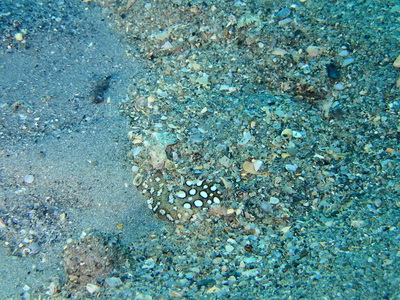
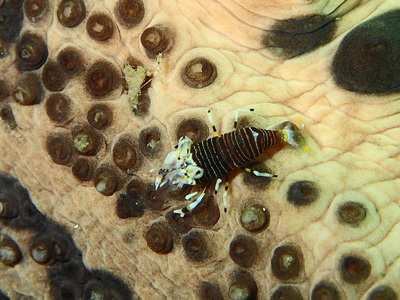
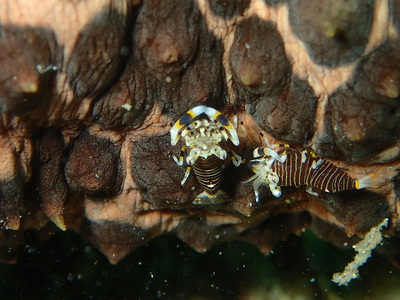
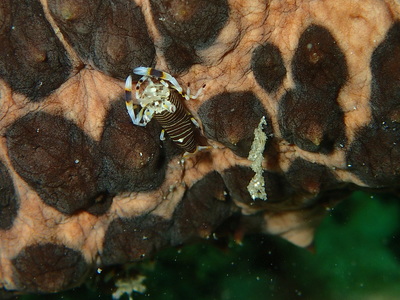
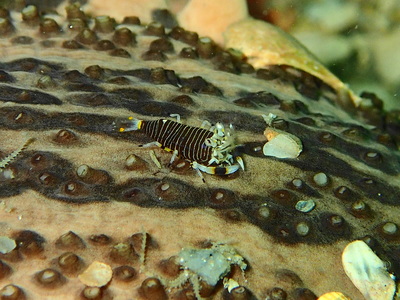
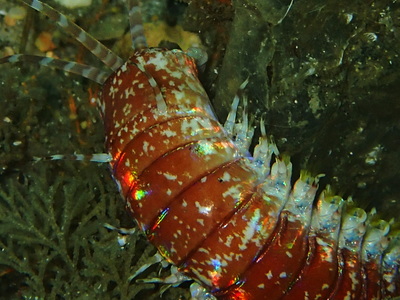
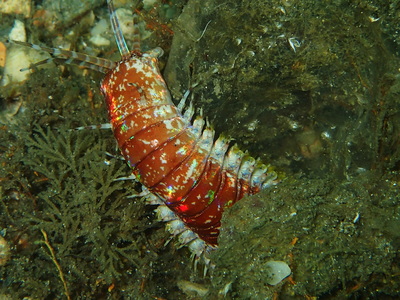
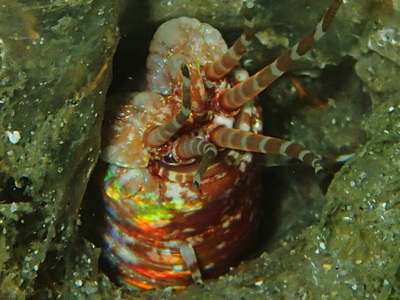
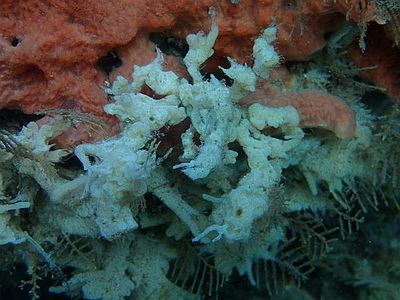
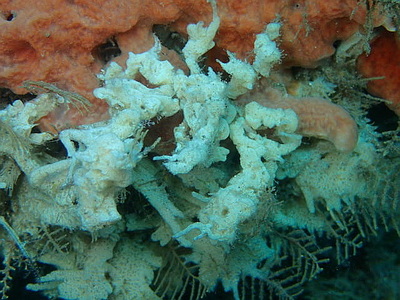
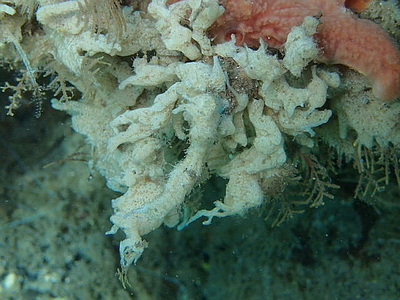
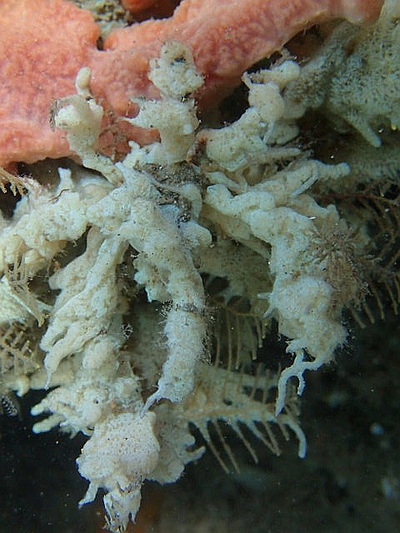
 RSS Feed
RSS Feed